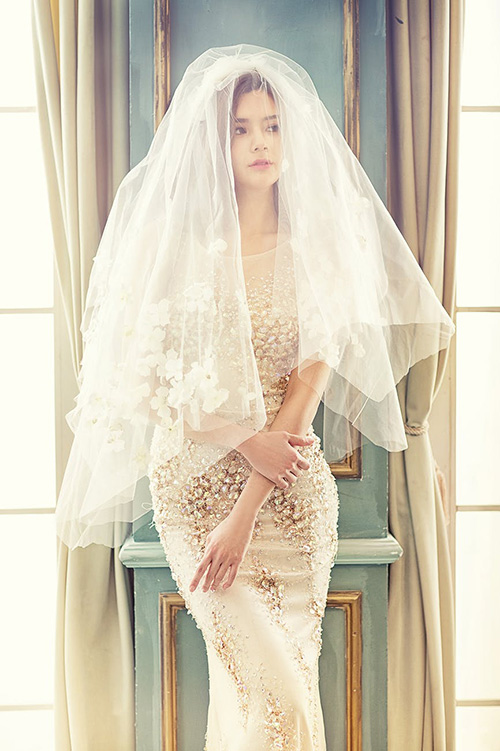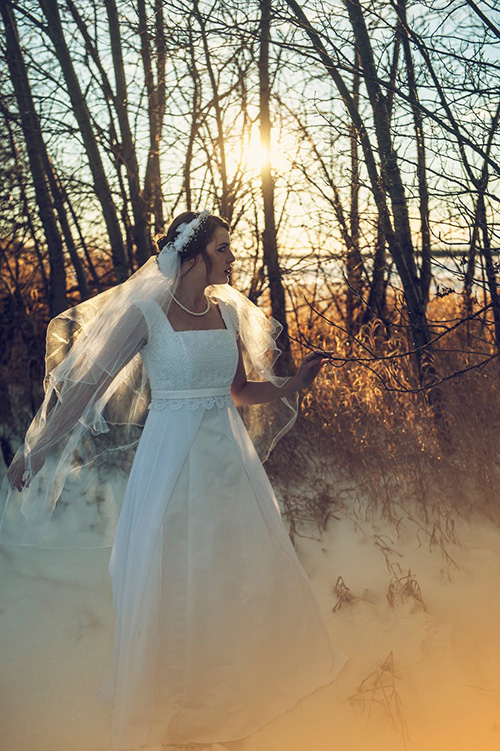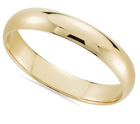 A wedding veil is a traditional part of the bridal attire. For centuries, women have been using veils with their wedding gowns. Modern brides also like to add this universally recognized accessory to their wedding attire. But it is extremely important to choose the right bridal veil that will suit the wedding dress perfectly. So, this article is dedicated to wedding veils. We’d like to share some tips and tricks that will help the brides-to-be get the best veil to complement her wedding gown. And if you don’t want a veil, there are dozens of other options to adorn the pretty head of yours.
A wedding veil is a traditional part of the bridal attire. For centuries, women have been using veils with their wedding gowns. Modern brides also like to add this universally recognized accessory to their wedding attire. But it is extremely important to choose the right bridal veil that will suit the wedding dress perfectly. So, this article is dedicated to wedding veils. We’d like to share some tips and tricks that will help the brides-to-be get the best veil to complement her wedding gown. And if you don’t want a veil, there are dozens of other options to adorn the pretty head of yours.
This tradition goes back to the Roman empire, where brides wore body-length veils for their wedding. The same veil was later used as a burial shroud when the woman died. For many centuries afterward, the wedding veil was a part of the wedding ceremony for arranged marriages. Grooms were allowed to see their brides only after the “I do” part. So, lots of brides wore veils to cover their faces for the wedding.
Today, wedding veils are also often used by brides. Though, many women don’t want to use a veil and prefer some other head adornments or just a hairdo. Luckily, there is a great assortment of different bridal accessories that can be used instead.
But still, it’s also true that the majority of brides really feel like one only after adding the veil to their wedding dress.

It is very important to choose the right wedding veil to your ensemble so that it matched perfectly and suit you. There are various styles of a veil, each creates different feel and accentuates different part of the dress. For example, if you’re having a glamorous wedding and want to impress your guests, think about choosing a cathedral veil. It is the longest (up to 108-120 inches or 275-305 cm) and most formal veil, perfect for a long aisle. It looks impressive and ornate, especially the cathedral veils with a decorative border and embroidery.
If you want something less eye-catching and dramatic, there are veils fingertip-length, elbow-length, shoulder-length, or even a birdcage veil (a very small piece, just on your head and face).
The wedding veil can also have a few layers, so the bride could take a second layer of fabric and put it over her face – just like traditional veils were worn. But you don’t have to cover your face if you don’t want to. It is totally OK to just cover the back of your head, your hair, your shoulders, and so on. It is up to you if you want to leave your face open or not. Both variants are popular among modern brides.

Many wedding veils are adorned with embroidery, sequins, crystals, a decorative border – lace, ribbon, or horsehair edge, etc. You have to make sure these little details complement your wedding gown. They don’t have to match absolutely, just be in the same style. Also, it’s important for the veil not to take all the attention from the dress. And, of course, the whole outfit shouldn’t be too overwhelmed with decorations – for instance, if your bridal gown is heavily beaded or embroidered, choose a simple and plain veil, not a beaded or densely ornamented one. And vice versa, if the dress is very simple, you can add a bit of sparkle and ornamentation with the help of a more embellished veil. But pay attention to avoid too much detail.
A great variant of a bridal veil is the one sewn to a comb. It is so handy and can be easily added to your hairstyle, adjusted, or removed if needed. And here’s another trick with a veil – most brides wear it only for an hour or two, during the official ceremony, and then take it off for the wedding party. So it is really good to have a removable veil.
If you’re not a big fan of a wedding veil, there are plenty of other options – headdresses, tiaras, headbands, floral pins, combs, and other accessories. Don’t be shy to try the headpieces you like instead of just using something traditional. And remember, every bride has the right to choose her favorite style of a wedding outfit because it’s her special day.

